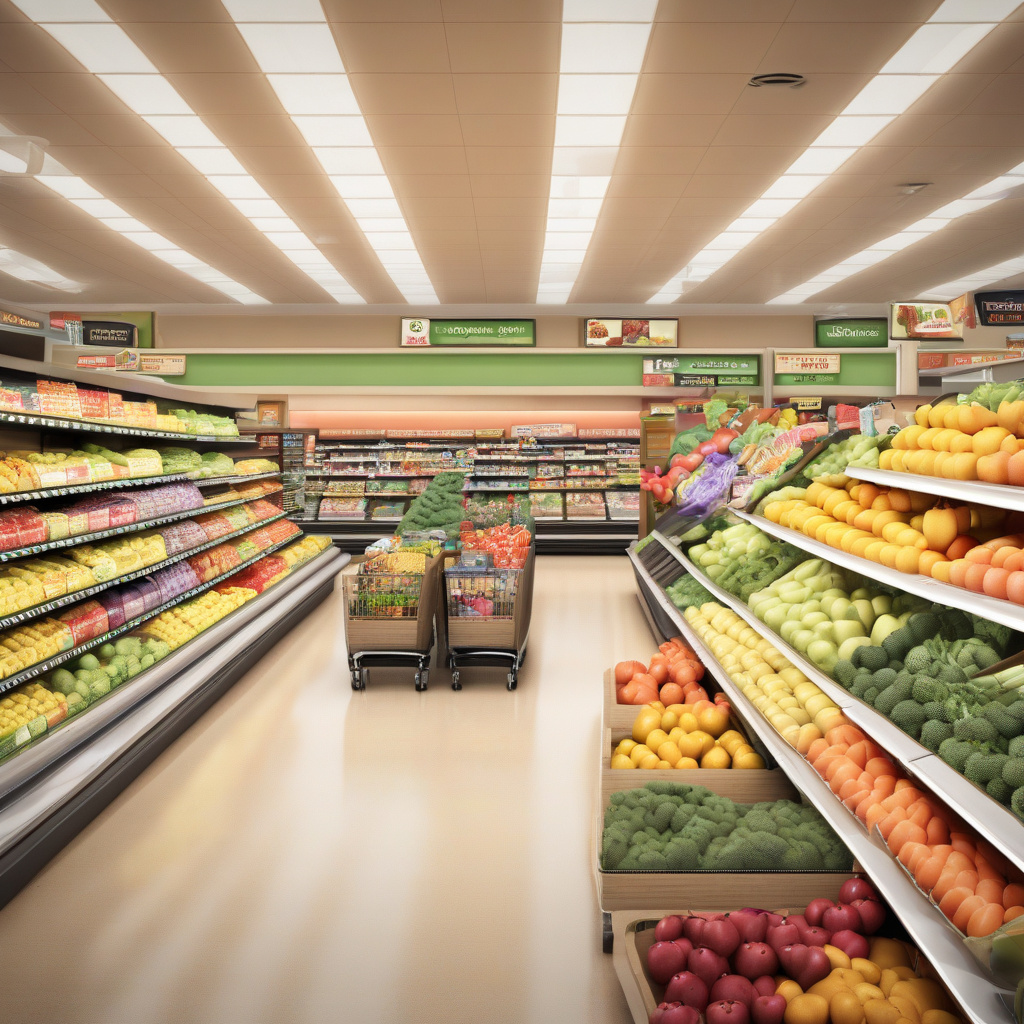Grocery Sales Edge Back Up Again in June: Understanding the Impact of Inflation on Consumer Behavior
Amidst the ever-changing landscape of retail, the grocery sector has seen a notable upturn in sales performance during the month of June. As depicted in the latest government and private data, there has been a noticeable increase in grocery transactions, signaling a potential shift in consumer behavior patterns.
The resurgence in grocery sales can be attributed to various factors, with one of the primary drivers being inflation. The recent surge in prices across multiple product categories has influenced consumer purchasing decisions, leading to an uptick in spending within the grocery sector. As prices continue to rise, consumers are prioritizing essential purchases such as food and household items, contributing to the overall growth in grocery sales volume.
Furthermore, the convenience and safety offered by online grocery platforms have also played a significant role in driving sales growth. With the ongoing concerns surrounding the COVID-19 pandemic, many consumers have shifted towards online shopping as a preferred method of purchasing groceries. The ease of browsing products, placing orders, and scheduling deliveries has made online grocery shopping an attractive option for a wide range of consumers.
In addition to inflation and the shift towards online shopping, the strategic efforts of grocery retailers in implementing effective marketing and promotional strategies have also contributed to the increase in sales. By offering discounts, loyalty programs, and personalized recommendations, retailers have been successful in capturing consumer interest and driving sales growth.
To further capitalize on this upward trend in grocery sales, retailers can leverage data analytics and consumer insights to optimize their pricing strategies and product offerings. By understanding consumer preferences and purchasing behavior, retailers can tailor their promotions and discounts to align with the needs and expectations of their target audience.
Moreover, enhancing the overall shopping experience both online and in-store can help retailers differentiate themselves and build customer loyalty. Implementing features such as seamless checkout processes, personalized recommendations, and efficient delivery options can elevate the shopping experience and encourage repeat purchases.
As the retail landscape continues to evolve, adaptability and innovation will be key factors for grocery retailers looking to sustain and grow their sales performance. By staying informed about market trends, consumer preferences, and technological advancements, retailers can position themselves for success in a competitive environment.
In conclusion, the recent increase in grocery sales during the month of June reflects the dynamic nature of consumer behavior and retail trends. By recognizing the impact of inflation, the rise of online shopping, and the importance of strategic marketing initiatives, grocery retailers can navigate the changing landscape and drive continued growth in sales.
#GrocerySales, #InflationImpact, #OnlineShoppingTrends, #CustomerExperience, #REtailStrategy
